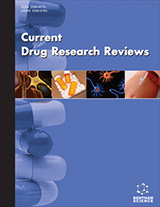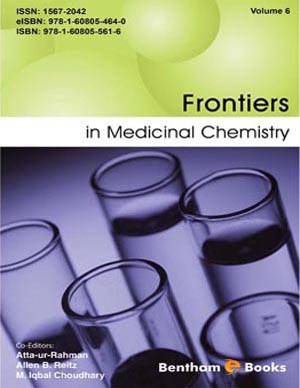Abstract
This chapter is a comprehensive account of the medicinal chemistry of
diuretic agents. It provides the mechanism of drug action and details the structure activity relationships (SAR) of these drugs to provide a knowledge base for
pharmacists. After studying this chapter, students will be able to:
• Identify the chemical classification to which a diuretic agent or therapeutic belongs
based on drug structure.
• Evaluate the chemical principles of different classes of diuretics.
• Compare and contrast the potency, onset, and duration of action of the diuretic agents.
• Identify chemical metabolites of the diuretics that increase the risk of nephron and
hepatotoxicity.
• Select an appropriate diuretic agent based on patient-specific symptoms of
hypertension or other problems.
• Rationalize the clinical application of all diuretic drug classes.
• Communicate the chemical rationale for a diuretic to health professionals.
• Delineate the clinical significance and therapeutic evaluations of these classes of
drugs by solving case studies.
• Identify the discovery process of selected diuretic agents.
Keywords: Carbonic anhydrase inhibitor (CAI), Drug receptor interaction, Loop diuretics, Nephron, Osmotic diuretics, Potassium sparing diuretics, Sulfonamides, Structure activity relationship, Thiazide diuretics.






















